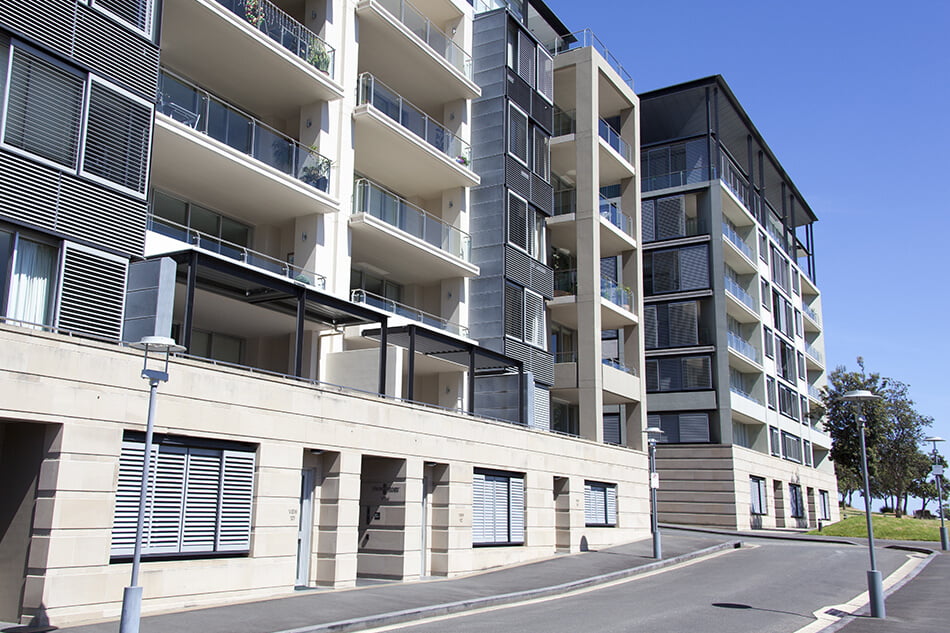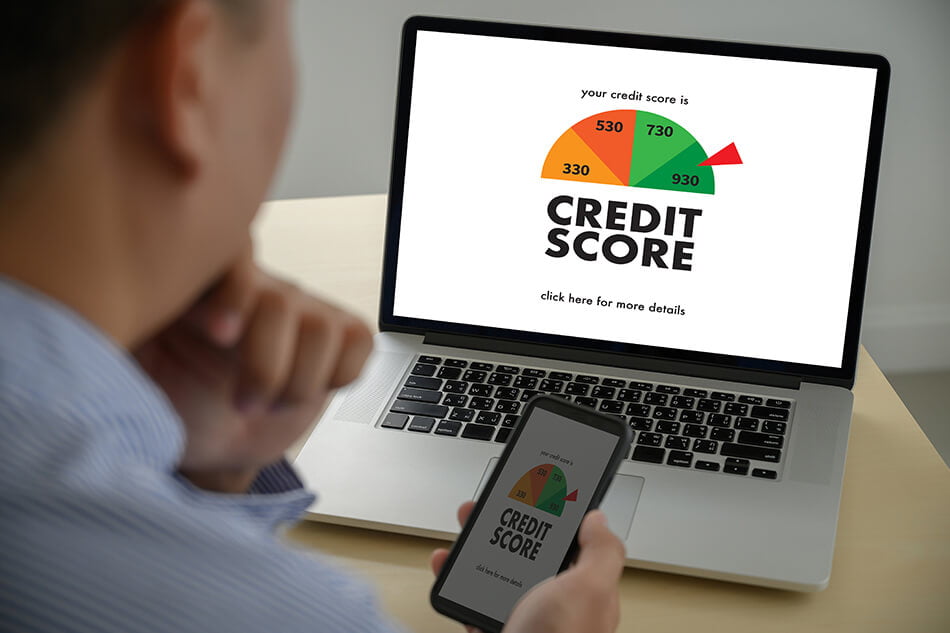Buying your first house might be a confusing and stressful period. One of the first questions on many home buyers’ minds is, “how much do I need to save for my deposit?” There is no straightforward answer – down payments can range from 5% to 20% of the property’s value.
So, whether you’re buying your first home or looking for an investment property to get rental income, we’ll help you apply for your home loan and save your deposit.
Our Guide To Buying an Investment Property
Taking the first step on the property ladder can be scary. Where do you get the best home loan? Where do you find the right lender? How much deposit should you save? Don’t worry – we’re here to answer all your questions.
If you’re looking to buy your dream house but unsure where to start applying for a property investment loan, it might be sensible to approach a mortgage broker. Here at Lendstreet, we dedicate our expertise and resources to finding tailored financing options for your investment home loan.
With the help of professional mortgage brokers by your side, you will know exactly where and how to apply. However, if you choose to go it alone, make sure you shop around before settling on the first offer from a lender.
Your Upfront and Ongoing Costs
There are many additional costs to buying a home beyond the monthly loan repayments. Usually, you should expect to pay an additional 8-10% of the property price on extra fees.
Firstly, you have the initial costs. Legal fees to your solicitor, valuation fees, pest and building inspections, and stamp duty can all add up to quite a hefty bill. Plus, you have your down payment to consider.
Secondly, there are many ongoing expenses on top of the interest repayments to take into account. These might include
- Property maintenance costs
- Property management fees
- Insurance
- Council rates and water rates
- Land tax
- Body corporate fees – if purchasing within a unit
To make these extra costs more manageable, you can use our budget planner to calculate how to deal with your expenses.
Application for Your Investment Property Home Loan
When you approach a lender to ask for a home loan for your investment property, there are several documents you are typically required to present. Such as
- Proof of identification – e.g. passport, driving license, birth certificate
- Proof of income – e.g. recent payslips, tax returns (if you’re self-employed)
- Details of expenses – e.g. a list of your monthly outgoings, such as child care
- Details of assets – e.g. proof of ownership of other properties, cars, savings, etc.
- Liabilities – e.g. evidence of any other existing debts
You will also need to detail the size of your deposit and your credit history. The lender will make their decision based on your documents and financial situation.
How Do I Qualify for A Loan?
Generally speaking, if you have a good-sized deposit of at least 5% of the property value, is an Australian permanent resident and have been employed for at least three to six months, you should be eligible to apply for most home loans.
Of course, the deposit size and your employment history (e.g. your income amount) affect the loan terms.
Similarly, a good credit score can help you get lower interest rates and other benefits on your investment property home loan. A poorer credit score suggests to the lender that you are less reliable at repaying the money, and therefore, might raise the interest. Consequently, it is a good idea to get your credit score in good shape before applying for a home loan.
How Do Low Deposit Home Loans Work?
Lenders make their decision based on your loan to value ratio (LTV). The loan to value ratio indicates how much of the property’s value you need to borrow. Generally speaking, a lower LTV gets you better mortgage terms. You can calculate your LTV by dividing the amount you need to borrow by the property value.
For instance, if you want to buy a property worth $800,000 and have a deposit of $200,000, you would need to borrow $600,000. Divide $600,000 by $600,000 and multiply by 100. The LTV ratio is 75%. This means the deposit is around 25%, which is a fairly good amount. Most lenders expect a down payment of around 20%; however, some will offer mortgages to people with an LTV of 90% or 95%.
Typically, if your LTV is higher than 80%, the lender might require you to pay Lenders Mortgage Insurance. LMI covers their backs should you default on a payment. If you wish to avoid paying this additional cost on your home loan, try to save a 20% deposit. However, mortgage insurance is a good way for first-time buyers to get into the property market with relatively small savings.
Another option, if you have a low deposit, is to apply for a guarantor loan. You are eligible to obtain this type of loan if your parents own a property in Australia. They provide a guarantee that you, or they on your behalf, will be able to make the monthly repayments. Although many banks and lenders don’t approve guarantor loans for investment properties or if the parent’s home is owner-occupied.
The benefits of a guarantor loan are
- No deposit required
- No LMI
- The total purchase amount (including additional costs, like stamp duty) can be borrowed
- Interest rates are usually relatively low
However, if you’re not a first-time buyer, you can also use the equity from another property as a guarantee. Keep your lenders in the loop and talk to a mortgage broker about refinancing your property investment.
Which Lenders Can Help Me?
Not all lenders are amenable to high LTV ratios. If you have a small deposit saved up but are eager to get your investment property, make sure you only apply to lenders who are willing to help you. To avoid wasting your time, engage the help of a mortgage broker and our professional advice.
With our expert industry knowledge and extensive connections, we’ll help you find the perfect mortgage to suit your financial situation.
How Much Can I Borrow for an Investment Property?
This largely depends on the size of your deposit and your finances. If you have a deposit of $10,000, you should be able to borrow up to $490,000 for a property worth $500,000. Of course, as discussed above, some lenders might let you use your $10,000 deposit to borrow up to 95% of the purchase price.
However, you would either have to pay mortgage insurance, apply for a guarantor loan, or use the equity from another existing property.
First Home Buyer
As a first time home buyer, the option to use home equity doesn’t exist. If you don’t have parents willing to put up their property investment as collateral, then you’re limited as to how much you can borrow. To avoid paying insurance fees (which can build up to quite a considerable cost over a thirty-year loan term), you need to think about saving for your deposit as soon as possible.
Know Your Budget
To begin saving for your deposit, you need to know your budget. What are your monthly outgoings? Can you cut costs anywhere and put that money away in savings for your future home loan?
Start planning a budget to ensure you stay on top of your expenses and save as much money as you can.
Knowing your financial circumstances will also help you search for a house you can reasonably afford. If you know you can save a deposit of $20,000, you will set your property search to places of around $100,000. This will save you time and stress and prevent you from stretching your hopes beyond what you can realistically afford.
Lenders and sellers are also more likely to take you seriously as a first-time buyer if you know your finances inside and out.
How Can I Increase My Borrowing Capacity?
The most straightforward way to increase your borrowing capacity is to enhance the size of your deposit. However, if you have budgeted your savings as best you can, there are additional ways you can strengthen your borrowing power. Plus, use our borrowing power calculator to determine how much you can get on your investment loan.
Follow these simple tips to enhance your borrowing capacity for an investment property loan
- Apply to a lender or bank that favours your situation
- Apply for a loan jointly with a spouse or partner to increase the amount of income considered
- Reduce credit card limit
- Invest in a positively geared property
Lenders assess property investors differently from those wanting a home loan for an owner-occupied home. For example, most lenders will only consider 80% of the income from your rental property. Similarly, they might not include overtime, bonuses, commission, dividends or trust fund income types when assessing your application.
In addition, lenders tend to calculate the loan amount based on an interest rate 2% higher than the current rate.
Furthermore, if you’re looking to buy an investment property to negatively gear, make sure you find a lender or bank that takes these into account. Not all lenders consider the tax deduction benefit of negative gearing when assessing your income and borrowing power.
Is This Loan Right For Me?
As mentioned above, make sure you find the right lender to suit your situation. If you are investing in property to improve your portfolio or looking for your first investment property to start earning rental income, ensure you find the right investment home loan and lender.
Consider your personal objectives and your investment strategy before approaching lenders. Consult mortgage brokers about your financial goals before applying for your new investment property loan.
Most importantly, when asking whether the loan is right for you, think about your lifestyle. Can you comfortably make the home loan repayments for the next thirty years?
Discounts and Loan Features
The most significant benefit of having a large deposit and strong borrowing power is that you are often eligible for loan features and rewards. The main advantage of substantial down payments for investment loans is typically lower interest rates.
Generally speaking, average rates range between 2-6% for investment loans. A more substantial deposit could see you repay your home loan with lower interest each month.
You might also be eligible for different loan types, such as variable, fixed or interest-only loans.
What Can I Use The Loan For?
When applying for a home loan, most people will use the finance to buy their next investment property. The loan can also be put towards ongoing costs of property maintenance and management.
If you are refinancing another investment property in your portfolio to use the equity for future property investing, you might receive a loan amount higher than the purchase price. In such cases, many investors might use the additional finance to renovate their rental property to improve its capital growth.
Final Steps for Buying Your Investment Property

Whether you are saving up a deposit for your first investment in real estate or you are expanding your portfolio, the mortgage application can be stressful. Managing all your expenses while searching for the perfect residential property and the right investment loan can be challenging. Using a mortgage broker can take some of the difficulty out of the process.
Lendstreet will walk you through the entire journey, right through to the final steps of buying an investment property. You can focus on saving your cash deposit and meeting lending criteria, and we’ll do the rest.
Get the latest news and updates from Lendstreet
Join and subscribe to our newsletter.
FAQ
What Is the Minimum Down Payment on an Investment Property?
The minimum deposit for an investment property is usually around 20% of the property’s worth unless you take out Lender’s Mortgage Insurance (LMI) or use equity from another property.
Down payments don’t differ much between an investment loan or home loans for buying property to live in. However, lenders might assess your other income in other ways.
Is It Harder to Get a Mortgage for an Investment Property?
Unfortunately, approval for investment loans can be a lot harder to get than other real estate loans for an owner-occupied house. Lenders often require higher credit scores, better LTV ratios and robust documentation of your financial history.
Approaching lenders with a specialism in investment property loans will improve your chances of getting approved with better loan terms.
As a first time buyer, you can facilitate buying an investment property with a First Home Loan Grant – however, you are often required to live in the property for between six to twelve before leasing it.
How Much Will Banks Lend for Investment Properties?
While banks prefer not to lend more than 80% of property values, some lenders might offer 95% of the purchase costs. Other lending criteria apply, but your 20% deposit is the best way to improve the loan balance.
For commercial investment properties, banks prefer a loan to value ratio of around 70%. Therefore, a heftier deposit is required.
Can I Use Home Equity in My Investment Property?
Yes. If you have sufficient equity in your current residential property, you can release enough to finance the deposit for your next investment property. Equity refers to the amount of the home you actually own – if you have paid off 70% of your home loan on another property, you can use this instead of a 20% deposit for your next home.
Some property investors use equity to cover the entirety of the down payment; others use a mix between equity and cash savings.
Can I Live in My Investment Property?
Yes, you can live in your investment property. However, if you convert your rental property into a home for yourself, you need to alert the Australian Tax Office as there are tax implications. You don’t need to pay capital gains tax on your primary residence as it does not generate income. However, because you are no longer renting, you can’t take advantage of the tax deductions of negative gearing.
You might choose to rent out only a part of your home – such as converting a floor into a flat or seeking a lodger. You can therefore take advantage of the tax benefits of your rental income. If the tenant rents 1/5th of the house (just one room of five), only 20% of generally tax-deductible expenses can be claimed.
How Long After Buying an Investment Property Can You Live in It?
Generally speaking, there is no set time limit before you can change your investment property to a permanent residence. If your mortgage has investment benefits – such as a buy to let scheme – you will likely need to refinance your home loan before living in it. Consult professional mortgage brokers if you are looking to refinance your home loan.
Schedule a call to one of our expert mortgage broker
Ask our expert mortgage brokers anything about home loans.
Related articles
If you're living in Australia and currently deciding whether to take out a home loan, it's essential to understand ...
Key Takeaways: Lenders inform credit bureaus of your lending and repayments activities. Different credit reporting bureaus use different scale boundaries. ...
Did you know that it is often cheaper to build a house on vacant land, rather than buy established properties? ...









